Ultimate guide to choosing the best memory card for your camera
When investing in a camera, it’s crucial to pay attention to the type of memory card you buy. Your images are valuable assets, and memory card failures can cause you heartache. Using the right cards can significantly impact your workflow and shooting experience. Here’s a straightforward guide to help you choose the best memory card for your camera.
TYPES OF MEMORY CARDS
When it comes to memory cards, there are several types available, each with its own set of advantages and disadvantages:
- SD Cards are the most common and widely compatible memory cards. They come in various speed classes, depending on your camera’s requirements. They are versatile and work well for both photography and video.
- CFexpress Cards come in two main types: Type A and Type B. Both are extremely fast and ideal for high-resolution video recording and burst shooting. CFexpress Type B is more affordable and more widely used compared to Type A. However, both types are expensive and not compatible with older cameras. For example, my recent upgrade to the Sony a7R V showed me just how vital CFexpress Type-A cards are. The file sizes are huge, and even my fast SD cards couldn’t keep up, causing delays when the buffer filled up. The cost of CFexpress Type-A cards was a shock.
- XQD Cards are fast and robust, making them suitable for high-speed shooting and 4K video. They are more expensive than SD Cards and are being phased out in favour of the faster CFexpress technology.
- CompactFlash (CF) Cards are durable and still used in some DSLRs, but they are becoming outdated and are bulkier compared to newer cards.
- CFast Cards are a high-performance successor to the older CompactFlash (CF) cards, designed for professional-grade video recording and high-speed photography. They utilize the SATA interface, which offers significantly faster data transfer rates compared to the PATA interface used in CF cards. CFast cards are ideal for 4K video and continuous burst shooting. However, they are not backward compatible with CF slots and tend to be more expensive, making them a choice primarily for high-end cameras and camcorders.
- microSD Cards are compact and versatile, often used in smaller devices and with adapters for cameras. However, they typically have lower write speeds. We strongly advise against using microSD cards with an adapter in place of an SD card, as the adapter adds an extra point of failure.
- SD Cards are the most common and widely compatible memory cards. They come in various speed classes, depending on your camera’s requirements. They are versatile and work well for both photography and video.
Memory Card Types and Key Points:
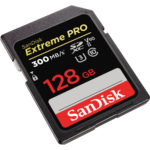
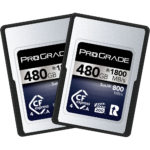
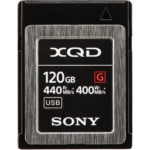
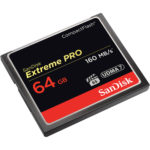
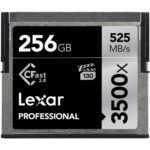
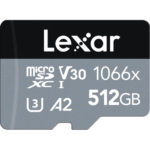
CHOOSING AN SD CARD
For the average photographer and most entry-level to midrange cameras, I strongly recommend buying at least a 64GB or 128GB SD card. Avoid using microSD to SD adapters, as they can cause reliability issues. For the best performance, look for Class 10 or UHS-I cards or higher. For very fast cameras and high-resolution video, UHS-II cards are ideal. However, ensure that your camera even supports UHS-II or higher to avoid unnecessary expense.
SD CARDS: UHS-I VS UHS-II, AND UHS-III CARDS
- UHS-I Cards: These are suitable for most photography and video recording needs. They have a maximum bus speed of 104 MB/s and feature a single row of contacts. They are cost-effective and reliable for general use.
- UHS-II Cards: Designed for more demanding applications, these cards have an additional row of contacts, allowing for much faster data transfer rates up to 312 MB/s. They are ideal for high-resolution photography, 4K video, and burst shooting, though they are more expensive.
- UHS-III Cards: Theoretically offering even higher speeds than UHS-II, these cards have not been widely released or adopted in the market. For most users who need a faster card than UHS-I, UHS-II cards provide ample speed and performance for a variety of photography and videography needs.
- UHS-I Cards: These are suitable for most photography and video recording needs. They have a maximum bus speed of 104 MB/s and feature a single row of contacts. They are cost-effective and reliable for general use.
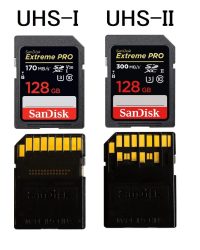

SD CARDS: SPEED CLASSES FOR VIDEO RECORDING
V60 and V90: For high-resolution video recording, especially 4K and above, ensure your SD card supports V60 or V90 speed classes. V60 cards guarantee a minimum write speed of 60 MB/s, while V90 cards offer 90 MB/s, ensuring smooth and uninterrupted video recording.
Movie Recording: If you want to shoot video in high-bitrate formats like XAVC S-I 4K (600Mbps) or XAVC S-I HD (222Mbps), you’ll need to use a V90 rated UHS-II memory card or faster. For other formats, a V60 rated card will suffice.
- V60: Minimum write speed of 60 MB/s, suitable for 4K video.
- V90: Minimum write speed of 90 MB/s, ideal for 8K and high bitrate 4K video.
CFEXPRESS AND XQD CARDS
Older XQD cards, and especially newer technology CFexpress cards, are remarkable for their incredible speed and durability, making them ideal for professional photographers and videographers. These cards significantly enhance workflow efficiency and reliability, but they do come with a serious price tag. However, most entry-level and midrange cameras do not support these high-end cards. But if your camera supports them, consider the following:
Compatibility: Sony primarily uses CFexpress Type A cards for its newer high-end cameras, These cards are smaller and offer high read/write speeds, making them suitable for high-resolution video and burst photography. In contrast, most other camera brands, including Canon and Nikon, support CFexpress Type B cards. Type B cards are larger, have even higher data transfer rates, and are compatible with the older XQD format, making them a more common choice across various camera models
Speed: CFexpress and XQD cards enable the capture of high-resolution video and images at blistering read and write speeds compared to even the fastest SD cards. These robust cards are designed for professional photographers and videographers who shoot in high resolution or use continuous burst mode. CFexpress cards can achieve read speeds of up to 2000 MB/s and write speeds of up to 1500 MB/s, significantly reducing the time it takes to clear your camera’s buffer and allowing for more continuous shots without interruption. Take note that CFexpress cards are significantly faster than XQD cards, which max out at around 440 MB/s read and 400 MB/s write speeds.
Durability and Reliability: CFexpress and XQD cards are built to be more robust and durable, offering better performance in extreme conditions compared to SD cards. They are designed to withstand higher levels of physical stress, temperature variations, and moisture, making them a reliable choice for demanding shooting environments.
Slow Motion Recording: For high-resolution slow-motion recording, such as Sony’s S&Q mode (Slow and Quick Motion), where the recording bit rate is higher, especially when the recording frame rate is set to 30p/25p/24p and the frame rate for slow motion is set to 60fps/50fps, a fast CFexpress card will be required. This is because these cards provide the necessary write speeds to handle the high data rates involved in slow-motion recording, ensuring smooth and uninterrupted capture.
Cost Considerations: While CFexpress are more expensive than SD and XQD cards, their superior performance can justify the investment for professionals who need the best possible reliability and speed.
ASPECTS TO CONSIDER WHEN BUYING A MEMORY CARD
Camera Compatibility: Always check what cards your camera supports. There’s no need to buy a UHS-II card if your camera only supports UHS-I. Also, consider the cost of the card, which can be significant, especially with high-end cameras. For instance, while a R100,000 ($6,500 USD) camera might justify the cost of a high-speed card, it’s still a factor to consider.
Read Reviews: Before buying a new memory card or even before purchasing a new camera, search for reviews where someone has tested various memory cards with that camera. The best reviews include real-time tests of actual write speeds, such as how long it takes the camera to clear the buffer and performance during video recording. Many websites and reviewers provide reviews and benchmarks of different memory cards, helping you make an informed decision.
Speed Requirements: Your shooting style matters. If you don’t shoot high-resolution photos or 4K video, you might not need the fastest card available. Fast cards are essential for shooting in burst mode or high-resolution video to prevent buffer delays. However, if you need a fast card for high burst RAW shooting or high-resolution video, consider the buffer speeds your camera requires. The buffer speed refers to how quickly the camera can transfer data from its internal memory to the memory card. Faster cards reduce the time the camera takes to clear the buffer, allowing for more continuous shooting and less waiting time. Additionally, faster read speeds can significantly reduce the time it takes to download your images to your computer, streamlining your workflow.
Capacity: Choose a card that matches your shoot size. Larger capacities are better for video, while smaller ones might suffice for standard photography.
Durability: If your camera offers both SD and CFexpress or XQD card slots, it might be better in the long run to invest in the more durable CFexpress or XQD cards, especially if your livelihood depends on your photography, or if you simply cannot afford to lose your images. While more expensive, their robustness can offer peace of mind.
Invest in Reliable Brands Only: Stick to reputable brands like Lexar, SanDisk, Transcend, ProGrade, Sony, Delkin Devices, and Kingston, to name a few. Buying from reputable sellers is crucial to avoid counterfeit cards. Therefore, read reviews and buy from well-known retailers to ensure you get genuine products.
PRACTICAL TIPS FOR MEMORY CARD USE
- Formatting: Always format your memory cards in the camera rather than on a computer. This ensures compatibility and optimal performance.
- Testing Before Use: Before using a memory card on a serious shoot, test it first at home. Often, if a card has an issue, it will have it out of the box. As the saying goes, once bitten, twice shy. I’ve had cards fail previously, and I strongly suggest that if a card gives you problems, replace it immediately rather than risking further issues.
- Handling and Storage: Store your memory cards in protective cases to prevent damage and exposure to dust and moisture. Labelling your cards helps keep your workflow organised.
- Backup Strategies: Utilise dual card slots if your camera has them for redundancy. Always have backups to avoid data loss. I recommend downloading your images to your computer and using a new card until your data is backed up. For more on this, look out for my upcoming article on backup strategies.
- Testing and Maintenance: Test new cards before critical shoots and regularly check for firmware updates for your camera and card reader to maintain compatibility and performance.

FINAL THOUGHTS ON MEMORY CARDS
Choosing the right memory card is crucial for a smooth and efficient workflow. The read and write speed of a card plays a significant role in how quickly and effectively you can get things done, whether shooting at high speeds or downloading photos to your computer. Although CFexpress and XQD cards are significantly more expensive than SD cards, if you shoot high-res movies and continuous bursts, you’ll find that CFexpress and XQD cards allow you to shoot more shots and clear the buffer much faster than SD cards. Alternatively, if you can’t afford them, at least get a UHS-II SD card. For more on optimising your workflow, read our article on Choosing the Best Card Reader to Download Your Photos Efficiently.
We’d love to hear from you! Share your experiences and knowledge related to memory cards with us. What cards have worked best for you? Have you encountered any challenges or found any helpful tips? Please share with us and help fellow your fellow photographers make informed decisions.
RELATED ARTICLES:
For further insights, check out the following articles:
- Best Computer for Editing Photos
- Getting a Card Reader to Download Your Photos
- Backup Strategies for Photographers (Coming Soon)
- Streamlining Your Photo Downloads from Lightroom (Coming Soon)

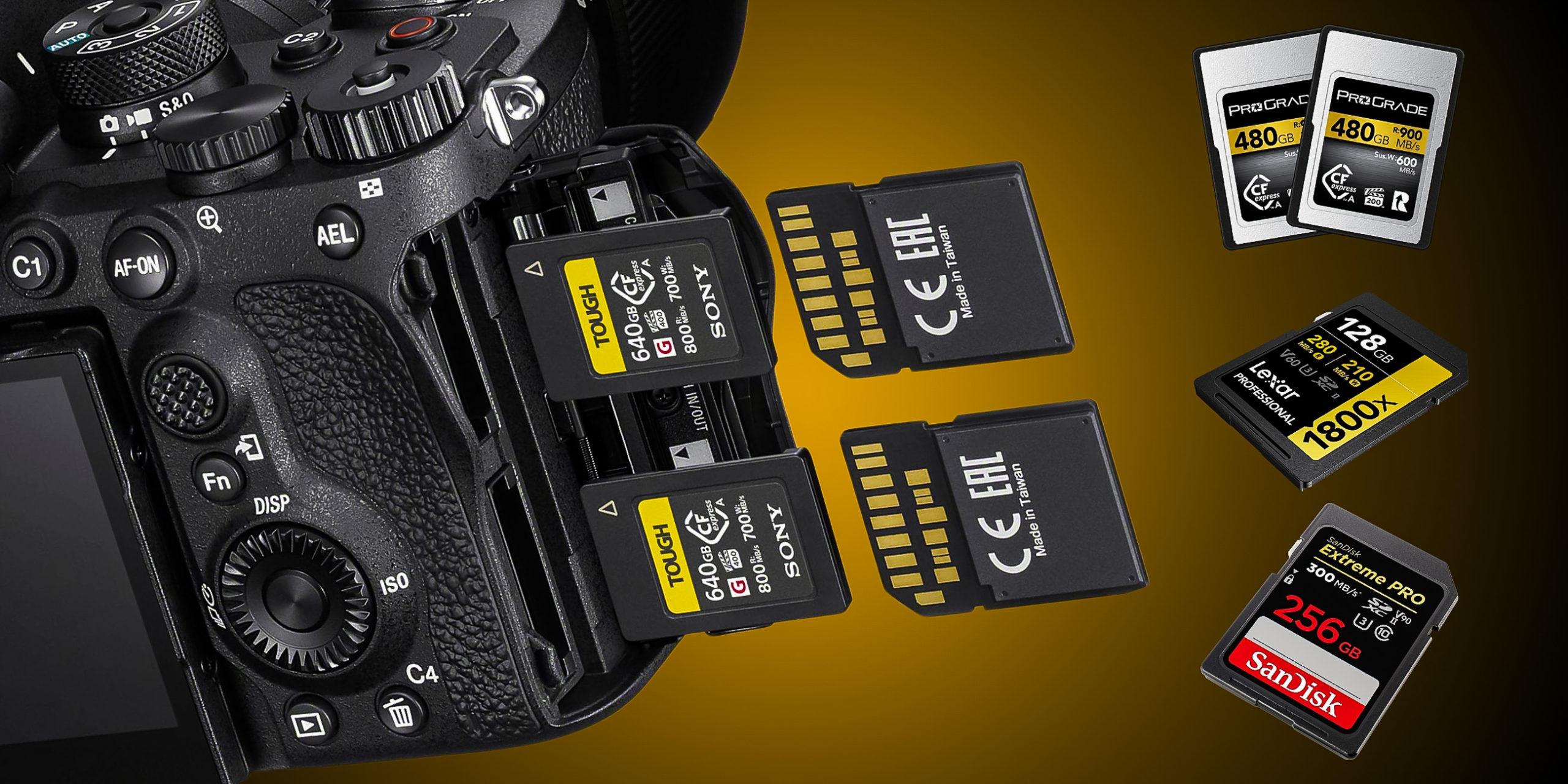


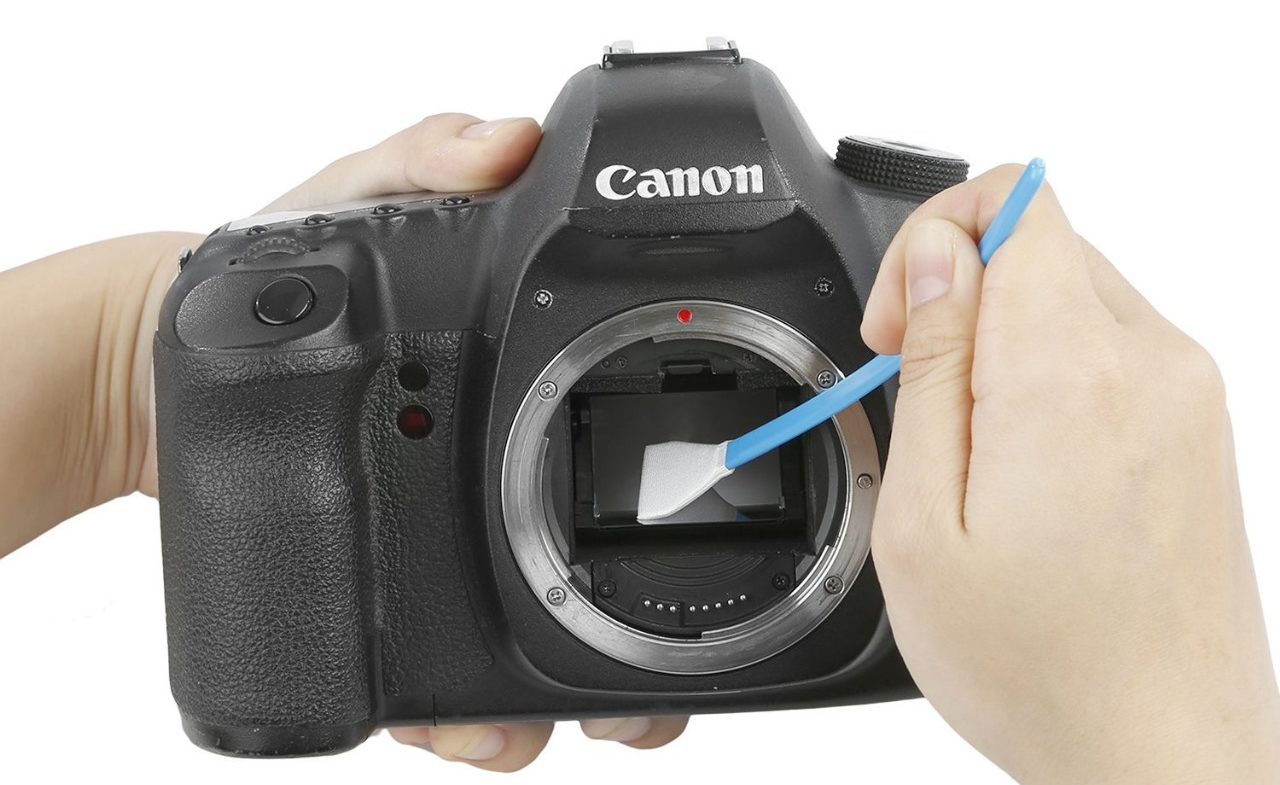
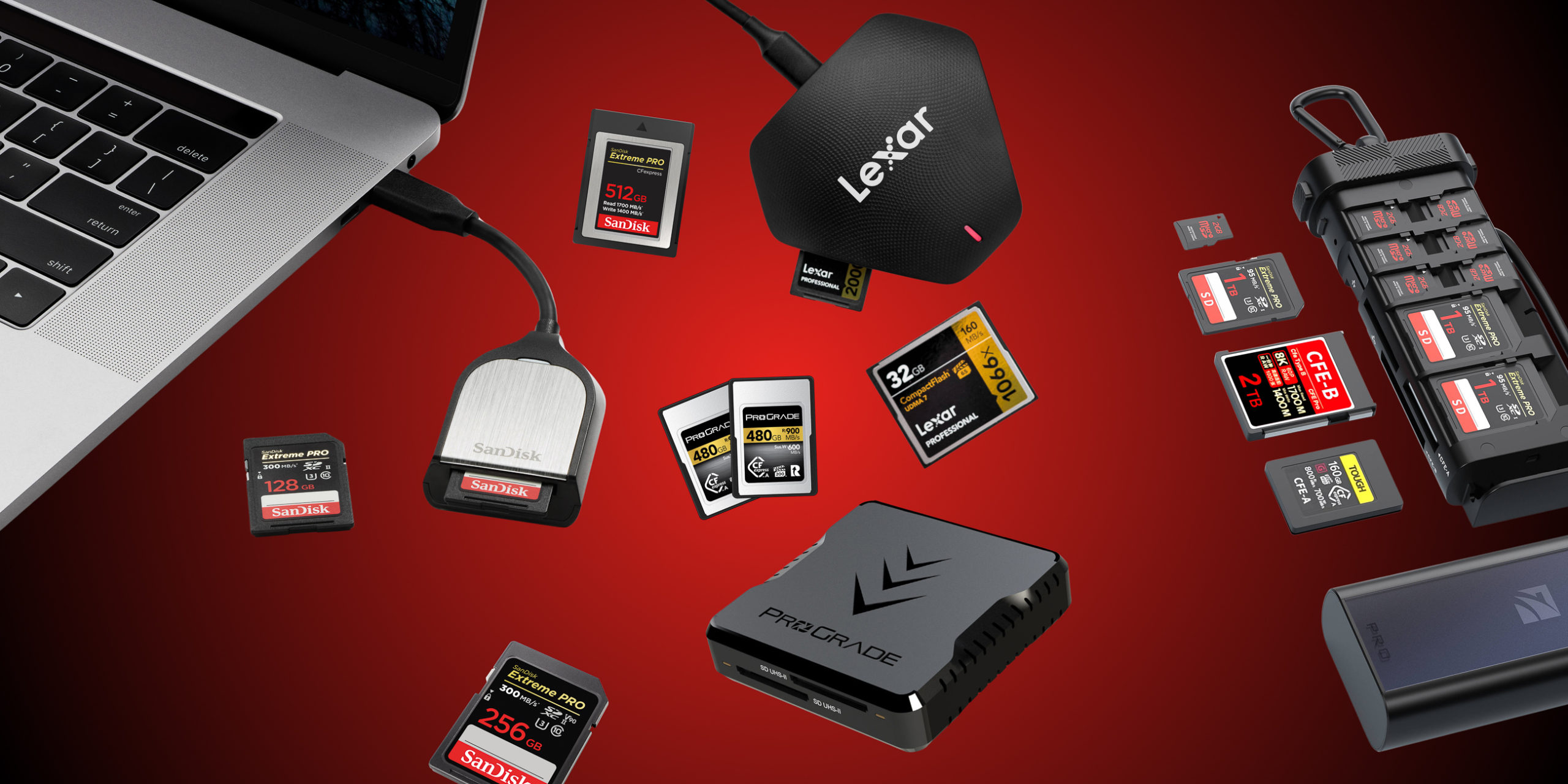

Thanks for the information, Danie! As always, it’s very insightful and helpful. Now I understand why I couldn’t get the camera to shoot at 40fps or achieve the promised 4k resolution. I’ll start saving for the new card. 🙂
Thanks Danie. Valuable information.
Thanks Danie, really great information and will help me to make some up coming purchase decisions.